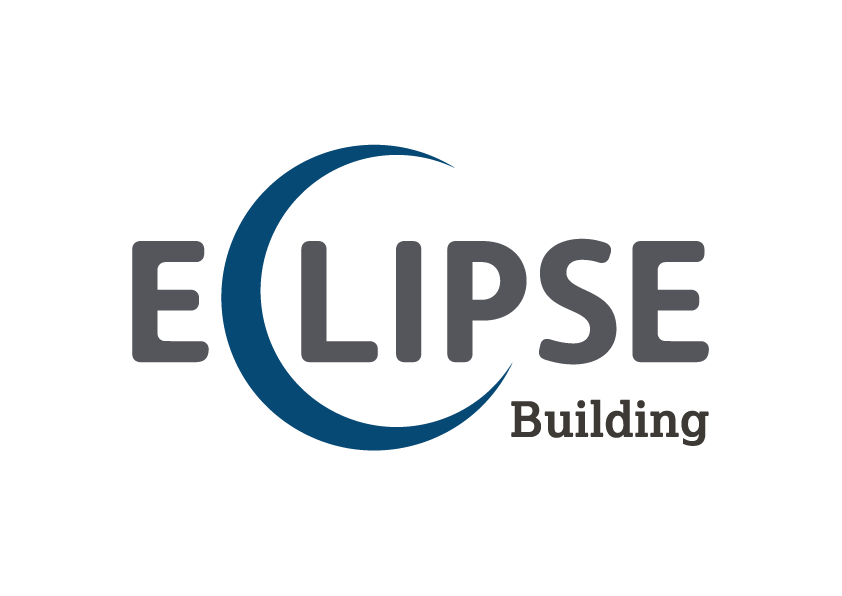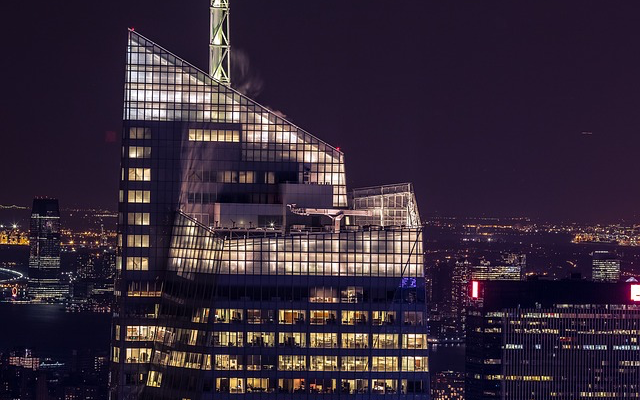When you think of drones, what comes to mind? They certainly look like toy model airplanes or helicopters that would make any kid happy (at least any kid who grew up before having an iPad permanently entrusted in his or her hands).
Today, they have facilitated expediency in many industries: From newscasters using them to show weather changes in slow motion, to wedding photographers taking aerial shots, to farmers overseeing their crops.
Turns out these nifty little gadgets are also useful in construction. In addition to looking cool flying over your site, they provide the following benefits:
- They save you money: Instead of having someone survey a site, gather data, and draw out maps, a drone can do all of that for you, at a fraction of the time, for a lot less money than it would cost to pay someone to do it.
- Monitor progress: There are few things that are more satisfying to a business owner or project manager than to see timely progress on a project. It’s also impressive to watch a construction project develop from the ground up; and a drone will let you do that at any speed you’d prefer.
- Keep clients updated: The same way your own company can track how much of the work has already been completed, you can use the same footage to send weekly (or whichever time frame you prefer) to your clients. Keeping them posted with video will be a lot more valuable than explaining it in boring esoteric construction jargon.
- Keep your workers safe: It doesn’t take a rocket scientist to know that having a bird’s eye view of a work site will allow you to see possible dangers that you might have otherwise missed up close. Keep your workers safe and happy, protect yourself from potential legal liability, and reduce worker’s compensation claims, all rolled into one!
The construction industry has always reflected a society’s progress, from the most rudimentary buildings at the turn of last century to the extraordinary, experience based designs we get to visit today. Drones are just one drop in the bucket of technological advances within the field. With every passing day, it keeps getting more impressive. Stay tuned.




